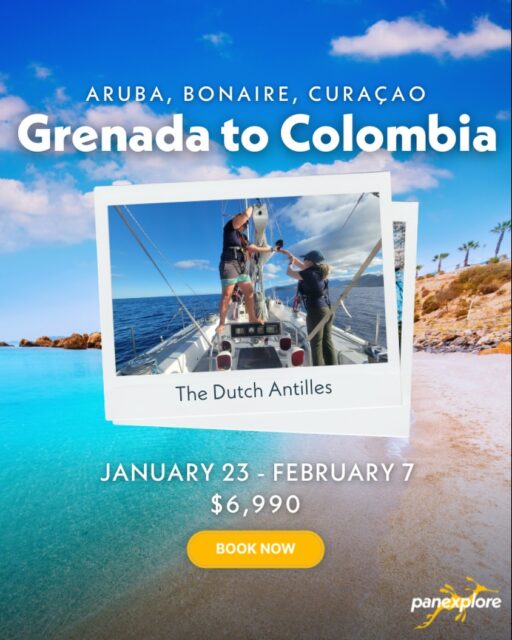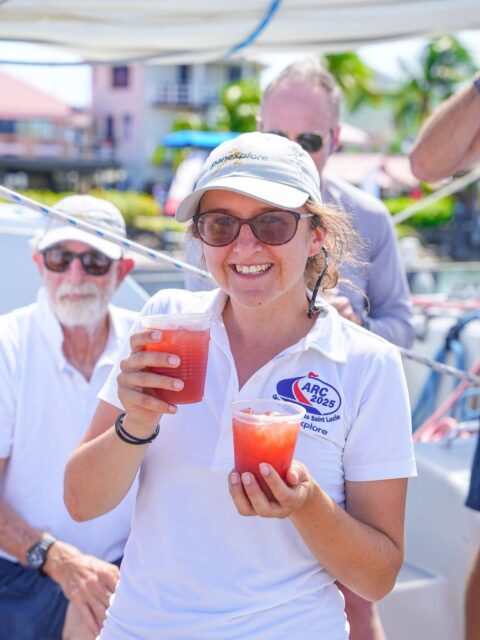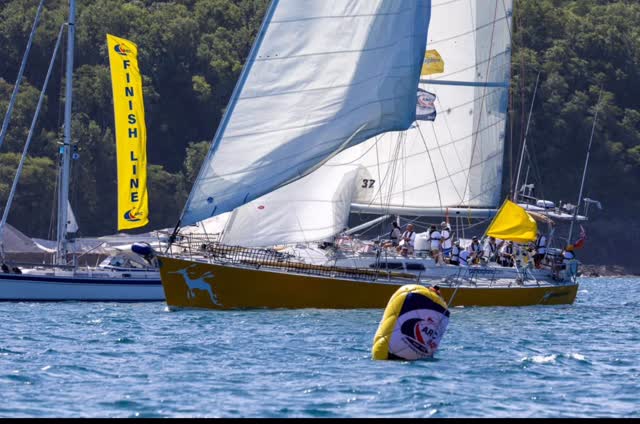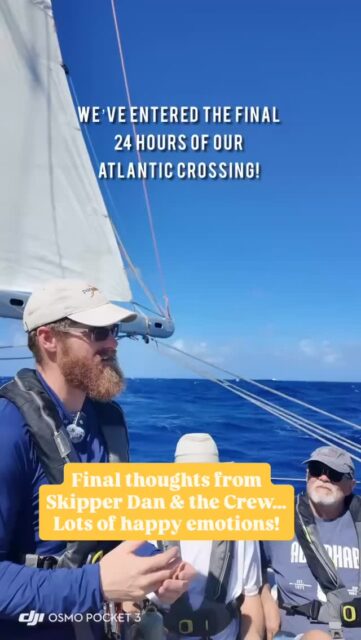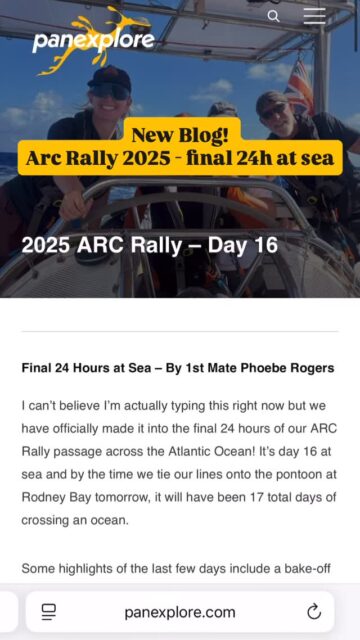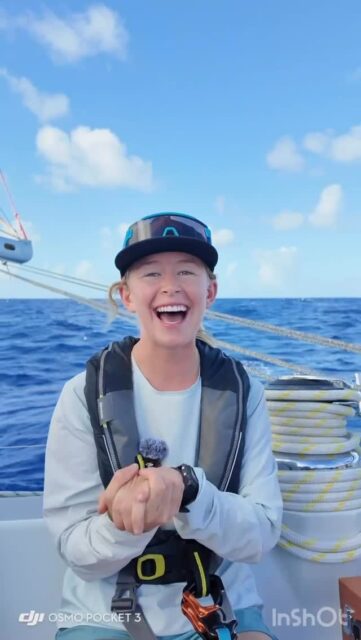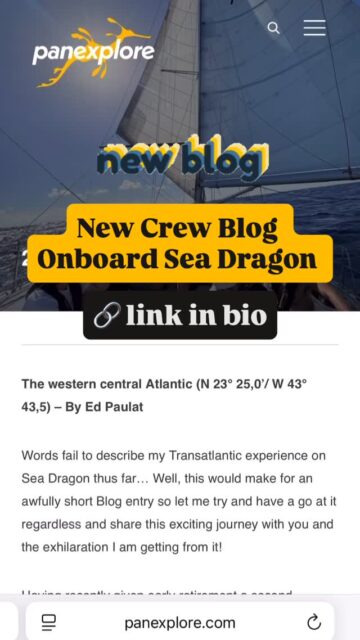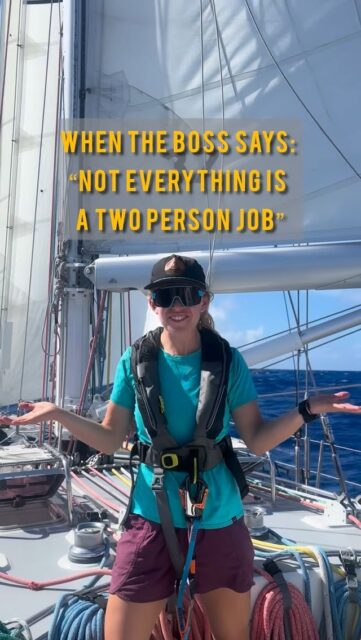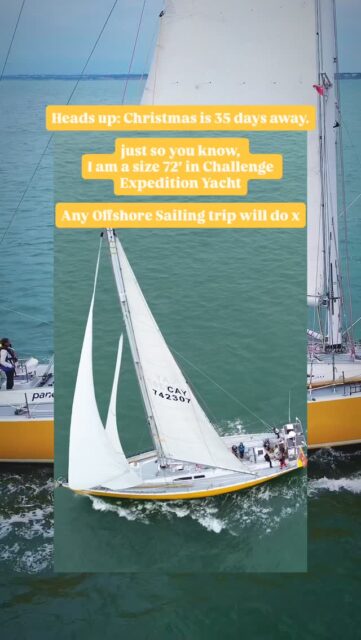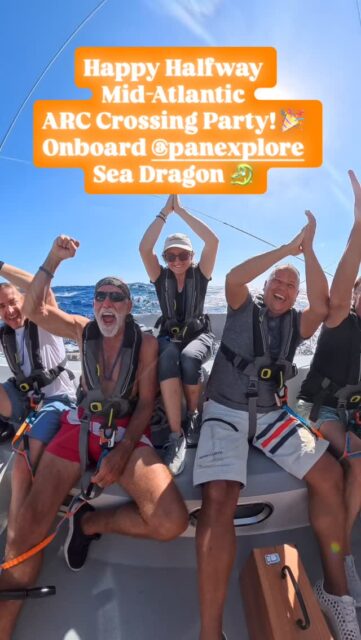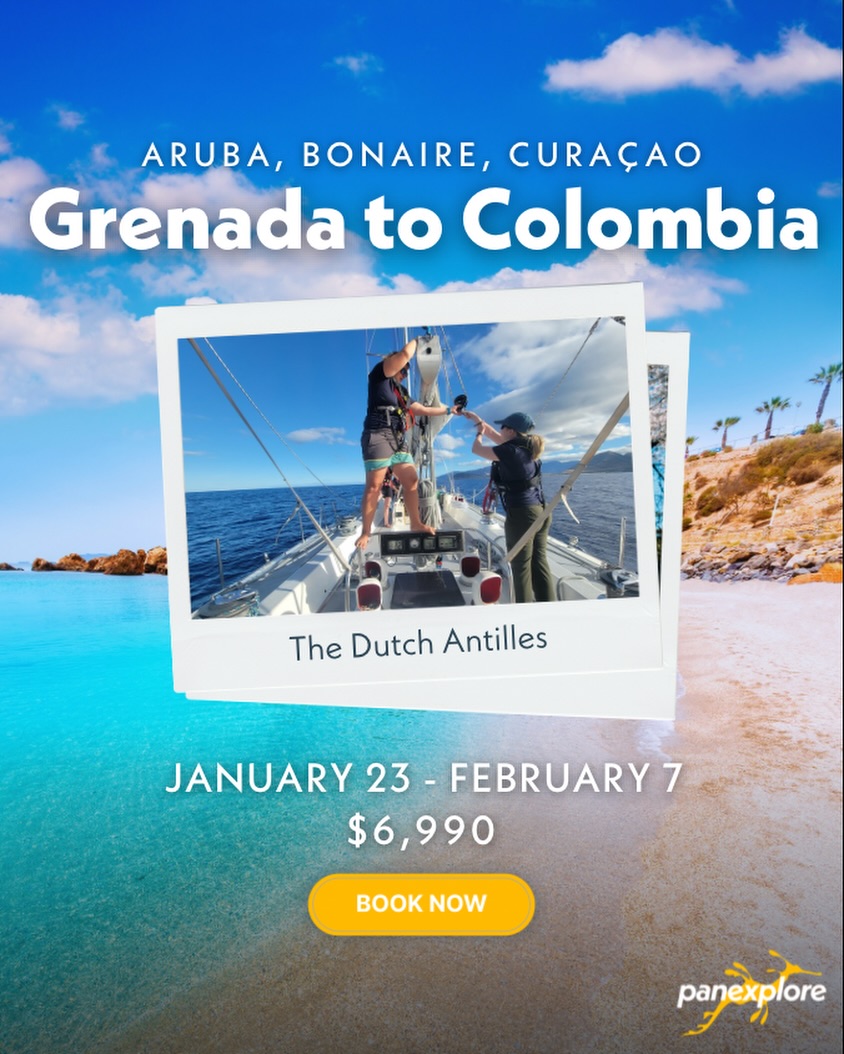Rarotonga:
If there’s one thing the Sea Dragon can do well, it’s collecting a group of wildly disparate talents together to create something amazing. Our time in Rarotonga was no exception; in the span of two weeks we had gathered scientists and surfers, photographers and philanthropists, dive instructors and devoted non-profits from around the Cook Islands, as well as from places as far flung as the UK, New Zealand, the United States, and Australia.
Keeping in mind the brief time we had on the island, we compiled a list of missions we’d like to tackle dealing with water quality, waste management, ocean plastic accumulation and studies of the local reef biodiversity. Mind you, this isn’t a team that has been planning for months; most of us had only met each other the day prior, when we gathered to discuss the project goals over lunch on the Sea Dragon. I couldn’t possibly list every project we were working on, so forgive me if I don’t mention your name here, but there were a few notable highlights.
Cam, temporarily outsourced from a New Zealand charity named Sustainable Coastlines, spearheaded beach cleanup efforts; he would end up running numerous side missions out to the remote islands of the Muri Lagoon, gathering evidence of ocean plastic as well as local discards. Jess and Steve, the folks behind the Pacific Island Conservation Initiative, coordinated with the locals and camerman Butch to produce a video documenting the cycle of the island’s water supply for the upcoming Lagoon Day.
Rachel, a PhD student from Scripps Institute of Oceanography supported by yours truly, began her six week project to document fish populations and benthic diversity among the islands of the South Pacific. She would be running line transects and counting untold numbers of fish and analyzing a massive pile of coral photographs over the course of her research.
Along with these projects, we were running photo shoots of the island from land, sea and air, engaging local school kids on board Sea Dragon, and interviewing local citizens for their perspectives on the reef health, water quality, and concerns over the impacts of tourism on the island. At any one point in the day, you could find three or four of our people working together, often multitasking between two or three different projects (in addition to their normal work, Sara from 5Gyres along with myself and our resident adventure photographer Justin, worked on a short film on the path plastic takes to reach the ocean), all with the goal of improving our understanding of this island we all instantly fell in love with.
By the end of the week, we had done it. A short film documenting the path of Rarotonga’s water supply was prepared for its premiere at Lagoon Day. Footage was completed on the 5Gyres project affectionately named ‘ProTiki’. We had compiled maps of the island’s pig farms, identified pollution issues, and interviewed nearly every Minister of ‘you-name-it’ on the island. Rachel had a stack of data and photographs she had to compile for the beginning of her study, and Cam had half a dozen bags of garbage he would get to sort through before returning to New Zealand.
With the return of our skipper Clive, and the tearful (just for the record: not mine) departure of Dale for a well deserved holiday, we were ready to set out on the third leg of our Pacific Island Survey; a two week survey of some of the most remote islands in the South Pacific. Next stop: Aitutaki.
Chad Koll
NB: Chad is the newest member of the Pangaea Team. He is a highly experienced former US Navy Diver and will be on board to Hawaii.
